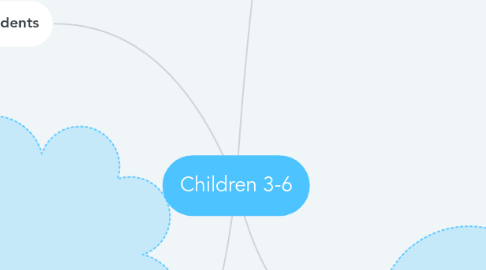
1. how to involve all of the students
1.1. Make funny activities or examples so everybody participates. If you have a game get close to the shy children and help him/her. Group students. Link routines to learning. Use songs to make students active
2. Why to consider TPR
2.1. because
2.1.1. For beginners and young learners. Students actively use both the left and right sides of their brains It works with both small and large groups It sharpens students’ listening skills Students are not required to speak until they are ready to, therefore creating a “safe zone” that greatly lowers inhibitions and stress Kinesthetic learners (who respond well to physical activities) and visual learners (who learn best with visual cues) will get a lot out of TPR. (This is another reason why it’s important to know your students’ personalities and learning types.) Limited materials and planning mean it’s simple for teachers to prep
3. characteristics
3.1. Psychological characteristics
3.1.1. The 3 – 6-year-old child integrates vast amounts of knowledge and impressions through interactions and experiences within his/her environment, this is called the Absorbent Mind. The child does not discern what to absorb and what to ignore and attribute to forming the child’s personality Between the ages of 3 – 6 the child’s intelligence is developed through activity.
3.2. Social Characteristics
3.2.1. Children between the ages of 3 – 6 are parallel learners. That is, they learn individually and independently of one another but work alongside each other in a community. Children in this stage have a strong sense of self, of ‘me’ and ‘mine’. They are egocentric and experience the world from one perspective: their own. The reasoning mind has not developed in a child 3 – 6 years of age and they are not able to think abstractly or ‘put themselves in someone else’s shoes’, until the second plane of development.
3.3. Physical characteristics
3.3.1. Astonishing physical growth of the body and neural growth in the brain. Refinement of body movements and fine-motor control. Highly active sensory organs. The child is a ‘sensory explorer’. Particular connection to touch and utilising the hand to develop the mind. Increased vulnerability to illness.
